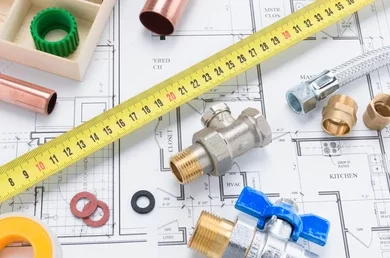Pipe fitting and their sizes
Pipe fitting measurements are in indicated in either the English or the Metric System. It includes variety of features and stages and for this reason using the usual outlines would be discussed in this write up. In this article, readers are presented with some things to consider regarding pipe fitting and the like.
Types
Pipe fittings have many techniques. Usual methods are compression fittings, pitless adapters, flexible couplings and four-way fittings. Techniques like bulk head fitting and cap and rigid fitting are also noted for the procedure. Variations of elbows could either be 90 or 45 degrees. Reducing elbows, ferrules and expansion couplings are noted kinds of fittings as well. Variations of their sizes are available as well for flanges, plugs, nipples and end bells. To be realistic, setups for pipe settings vary: it really depends on the usage.
Shapes and materials
The materials and shape are key features to check with regards to fitting of pipes. The usual shapes are round, square, oval and rectangular kinds. Materials also vary, but to name a few, carbon, bronze, ceramic and ABS are usually preferred. Vitrified clay, flouresin, fiberglass, cast iron and EPDM are some materials being utilized. Other prefers stainless and steel alloys for its flexibility while titanium and rubber could also be good materials. The different functions of pipe fittings assert why there are different materials being used.
Schedule numbers
ANSI or American National Standards Institute devised a norm that calculates the thickness of the wall and that is the ‘schedule numbers’. The schedule numbers includes all pipe sizes: from NPS 1/8′ up to NPS 36′. It should be noted that this connection is only for fittings that match with the exact American National Standards Institute schedule number.
Metric and English measurements
The metric system of measurement uses meters or millimeters while the Standard English gauges use inches when measuring. A 4 mm four-way or cross is about 3/16 inches and 3 mm for a 1/8 inches coupling. A 2 mm is around (plug or cap) 1/16 inches in size. For further sizes, the internet is one of the best resources to check for standard measurements. Knowing something about pipe fitting could definitely an advantage in working projects related to fitting of pipes. Nonetheless, asking somebody who is a veteran regarding this information should also be considered.






